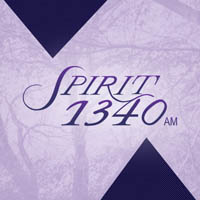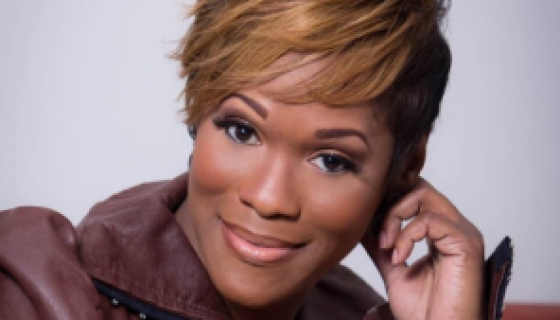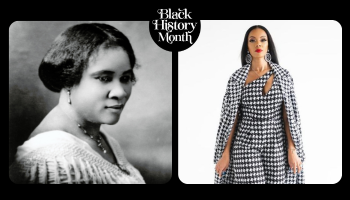VIA THE WASHINGTON POST:
In “The Paradox of Choice,” author Barry Schwartz makes the case that more can be less. Sometimes, he writes, we have too many options for our own good. Rather than being thrilled with the range of possibilities before us, we become anxious about sorting through them all and making the right choice.
Metro riders now find themselves neatly bound within those pages. Never have they been presented with so many choices directly affecting their travels as the transit authority’s board tries to balance its budget.
What we wished for
In previous rounds of transit budgeting, the Metro board has sought comment on a narrowed-down set of fare increases or service cuts. Riders chafed at that. Bring us in on the ground floor, they told the board. Board members listened to them and have released for discussion just about every budget-balancing idea they have heard of.
The list of options already was pages long when board members told the staff to look again to make sure the document included every concept that was legal and technically feasible from any responsible source.
A review of what is now a 16-page document — all the way up to Attachment F — won’t give riders many clues about how Metro will wind up balancing the budget this spring. But even a glance will tell you this: We’re in serious trouble. The board is divided by jurisdictional interests, desperate for time, and uncertain how to maintain service and fares at levels riders will tolerate.
The board has not endorsed any of the ideas released for public comment. Even as they were voting for the wide-ranging public discussion, several board members said they would never support some of the proposals.
Board member Jim Graham, who also is a D.C. Council member, said the overall impact of the proposals would unfairly burden the District’s transit riders. Several service improvements championed by Graham, such as the extension of the Yellow Line to Fort Totten and late Metrorail service on Friday and Saturday nights, are under review.
Graham once again urged the board to borrow money from the capital budget, the long-term budget for equipment purchases and maintenance, to balance the operating budget and avoid service cuts. That idea remains unpopular with other board members who describe that as the start of a “death spiral” that would sacrifice the system’s future to preserve current service.
But how is an average rider supposed to make any sense out of the options listed in the menus and sub-menus before the six hearings start on March 22? Should riders search for the fare and service elements that affect them and argue against changes?
What you can do
Venting about the proposed closing of a station entrance or a bus fare increase might be good for the soul, but it won’t give the board members much to work with. They assume that riders don’t want services cut or fares increased.
The board members have very little time between the end of the hearings and when they must choose among the detailed proposals. They are required to balance the budget and will be looking for trends in public comment.
Unless you’re an accountant, don’t try to come up with an exact total in savings and revenue that would solve the budget problem. Because so many proposals were thrown in, they add up to more in service cuts and fare increases than would be necessary.
The most effective public comments are likely to indicate not only the type of pain the rider would like to avoid but also the type of pain the rider would be willing to accept instead.
Of course, the bottom line is that riders can say whatever they want to the board. They could, for example, argue that local governments should contribute more. The board members are all for that but don’t believe the local governments — already scraping to pay for police, fire and education services — will be able to contribute anywhere near enough to solve Metro’s problem. But it’s worth a try. Otherwise, riders are probably in for the biggest change in transit service since Metro began operating.
Here’s a rider’s guide to sorting through the basic issues.
Metrorail fares
The board members don’t have to follow any one plan. They can mix and match revenue raisers till they have a number they can support. But they won’t raise rail fares beyond the maximum presented in the proposal: 21 percent for peak and 22 percent for off-peak.
Those percentage increases would avoid any service cuts. If service cuts were included up to the level proposed by General Manager John B. Catoe Jr., then the highest increase in rail fares would be 15 percent.
Metrobus fares
The maximum proposed increase for a regular bus ride is 28 percent. That would avoid service cuts if combined with the Metrorail fare increase and other revenue-generating measures. Combined with the service cuts proposed in Catoe’s budget, the top increase would be 20 percent. But there are other ways bus riders could be affected by fare proposals.
The charge for riding express buses could rise 29 percent. The fare for riding one of the airport buses, either the 5A or the B30, could rise 94 percent. The cost of a weekly bus pass could rise 36 percent.
MetroAccess fares
This is the most challenging part of the fare and service proposals, because it affects the neediest riders and includes the most dramatic changes. But the transit authority is desperate to control the rapidly rising costs of the service, so these proposals are on the table:
— Align the MetroAccess service area with service-area definitions in federal law. This means that no paratransit service would be offered for trips that start or end three-fourths of a mile beyond Metrobus and Metrorail service.
— Charge a premium for service beyond the 3/4 -mile corridor around fixed-route services. The premium, based on mileage beyond the corridor, would range from $5 to $20 per trip.
— Charge the maximum fare allowed under the Americans With Disabilities Act, which would be twice the fare for the regular bus or rail route.
— Restrict use of the Free Ride program. Currently, all registered MetroAccess customers can ride regular Metro services for free.
Service cuts
In recent budget rounds, riders have leaned toward fare increases over service cuts. Some of the proposed cuts, such as closing one of several station entrances at off-peak hours, would affect relatively few riders. Others, such as eliminating some bus routes and all eight-car trains or opening the rail system later, would have a broad impact.
The proposals are so numerous that every rider will find something to defend. Think about the elements of your trip. Do you start by car, bus, bike or rail and then switch to something else? Are you a 9-to-5 commuter, a weekend rider or a night owl? Are you young, a senior or a person with a disability? Do you pay with SmarTrip, a Farecard, cash or a pass? Some aspect of your trip — and probably more than one — is in the target zone.
Service changes
Some of the proposals don’t quite fit as either service cuts or fare increases. They are not about ending one service and making another cost more. They amount to changes in the way Metro does business. Here are examples:
— Peak of the peak fare. This idea would add a new dimension of time to Metrorail’s fare structure, charging riders a premium up to 50 cents to travel at the most crowded times, between 7:30 and 9 a.m. and between 4:30 and 6 p.m.
— Bus-to-bus transfers. The free transfer period available with a SmarTrip card could be reduced from three hours to two.
— Peak period on Metrobus. Metrorail charges by time of day, but Metrobus is a flat fare. There are various proposals to charge a peak period fare on the buses.
— New parking program. A proposal would allow reverse commuters to park overnight for $35 per month, plus the standard daily parking charge if they don’t vacate their spaces by 8 a.m.
— Station surcharge. This idea would allow a 5-cent surcharge to be imposed at up to two stations each in Maryland, Virginia and the District to help finance specific improvements at those stations.















